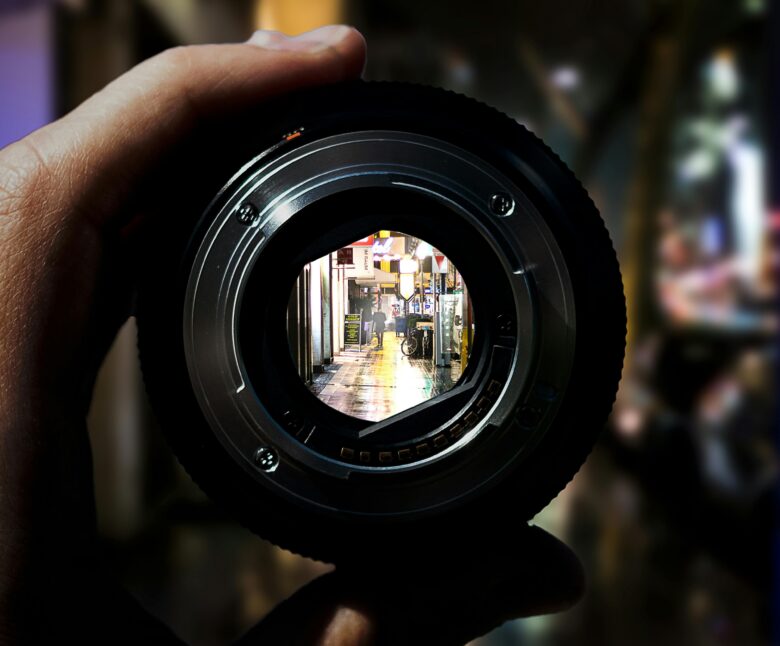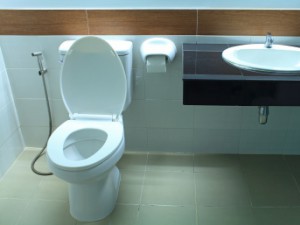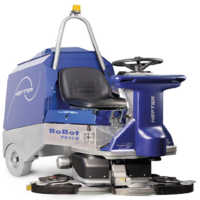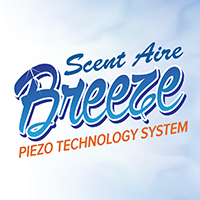
Researchers at the University of Sydney’s Australian Centre for Robotics and the Queensland University of Technology Centre for Robotics (QCR) have developed privacy-preserving robotic cameras, which they say could help safeguard images and data collected by smart devices and internet-of-things technology.
Workplaces using smart devices, such as robotic vacuum cleaners, smart fridges, delivery drones and other automated equipment, typically used vision to capture their surroundings, taking videos and images of people going about their day, in the process.
In an attempt to restore privacy, the universities-backed research team created cameras that “process and scramble visual information” before it is digitised, so it becomes obscured to the point of anonymity.
The method could stand to revolutionise devices used in places where privacy and security were a concern, such as warehouses, hospitals, factories, schools and airports.
One example is autonomous vacuum cleaners which fall under the “internet-of-things” – smart systems that connect to the internet. The researchers said these devices were vulnerable to hacking or unauthorised access due to human error. This puts images and videos at risk of being stolen by third parties, which may have malicious intent.
Adam Taras, who completed the research as part of his Honours thesis, said the new process which distorted images still allowed robots to complete tasks, sans privacy violations.
“Smart devices are changing the way we work and live our lives, but they shouldn’t compromise our privacy and become surveillance tools,” Taras said.
“When we think of ‘vision’ we think of it like a photograph, whereas many of these devices don’t require the same type of visual access to a scene as humans do. They have a very narrow scope in terms of what they need to measure to complete a task, using other visual signals, such as colour and pattern recognition,” he said.
The processing that typically occurs within a computer has been segmented within the optics and analogue electronics of the camera, which are beyond the reach of attackers.
“This is the key distinguishing point from prior work which obfuscated the images inside the camera’s computer – leaving the images open to attack,” said Dr Don Dansereau, Taras’ supervisor at the Australian Centre for Robotics and Digital Sciences Initiative.
“We go one level beyond, to the electronics themselves, enabling a greater level of protection.”
QCR distinguished professor emeritus and adjunct professor professor Peter Corke, who advised on the project, said cameras were “the robot equivalent of a person’s eyes”.
“What we don’t want is the pictures from those cameras to leave the robot’s body, to inadvertently reveal private or intimate details about people or things in the robot’s environment.”
QCR deputy director professor Niko Suenderhauf, who also advised on the project, said current robotic vision technology “tends to ignore the legitimate privacy concerns of end-users”.
“This is a short-sighted strategy that slows down or even prevents the adoption of robotics in many applications of societal and economic importance,” Suenderhauf said. “Our new sensor design takes privacy very seriously, and I hope to see it taken up by industry and used in many applications.”
The researchers plan to build physical camera prototypes to demonstrate the approach in practice.
The research, Inherently privacy-preserving vision for trustworthy autonomous systems: Needs and solutions, was published by the Journal of Responsible Technology.
Photo by Pexels.
Comment below to have your say on this story.
If you have a news story or tip-off, get in touch at editor@incleanmag.com.au
Sign up to INCLEAN’s newsletter.




